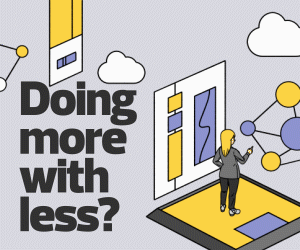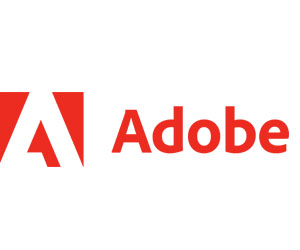Take student engagement, for example. With generative AI, educators can incorporate creativity and digital storytelling “as alternatives to traditional ways that students show that they understand the course material,” Prizament says. “Rather than writing a 10-page essay, they create a video story, an infographic, a poster.”
When it comes to career readiness, graduates will be expected to have some fluency in generative AI when they enter the workplace.
“Industries recognize the productivity benefits of generative AI and they are going to expect every graduate entering the workforce to know how to use it,” Prizament says. “Ten or 20 years ago, you needed to know how to use email and the internet. In the next couple of years, generative AI will be in the job description.”
In terms of equity, generative AI removes barriers for students who may not think of themselves as creative.
“Generative AI gives every student the ability to bring their ideas to life, regardless of technical skills,” Prizament says. “Creative control that was once only available to industry professionals is now open to everyone.”
EXPLORE: How AI could impact student success in higher ed.
Emerging Toolsets Help Schools Incorporate Generative AI
Adobe is making these new capabilities readily available with Adobe Firefly, the generative AI technology that’s part of Adobe products, including those that make up Adobe Creative Cloud.
“Firefly lets students use their imaginations to come up with any sort of creative expression,” Prizament says. Need an image for a book report cover or an image to represent an idea on a poster or in a presentation? With Firefly’s Text to Image feature, “you describe what it is you want, and Firefly will give you several options based on what you described,” he adds. “Do you want photorealistic? Do you want an illustration or comic book-type layouts? You have ultimate control to get a very unique image.”
Another feature, Text Effects, lets users describe how they want something to look and creates a brand-new font style based on that input.
Click the banner below to explore services that can help you manage your IT environment.














